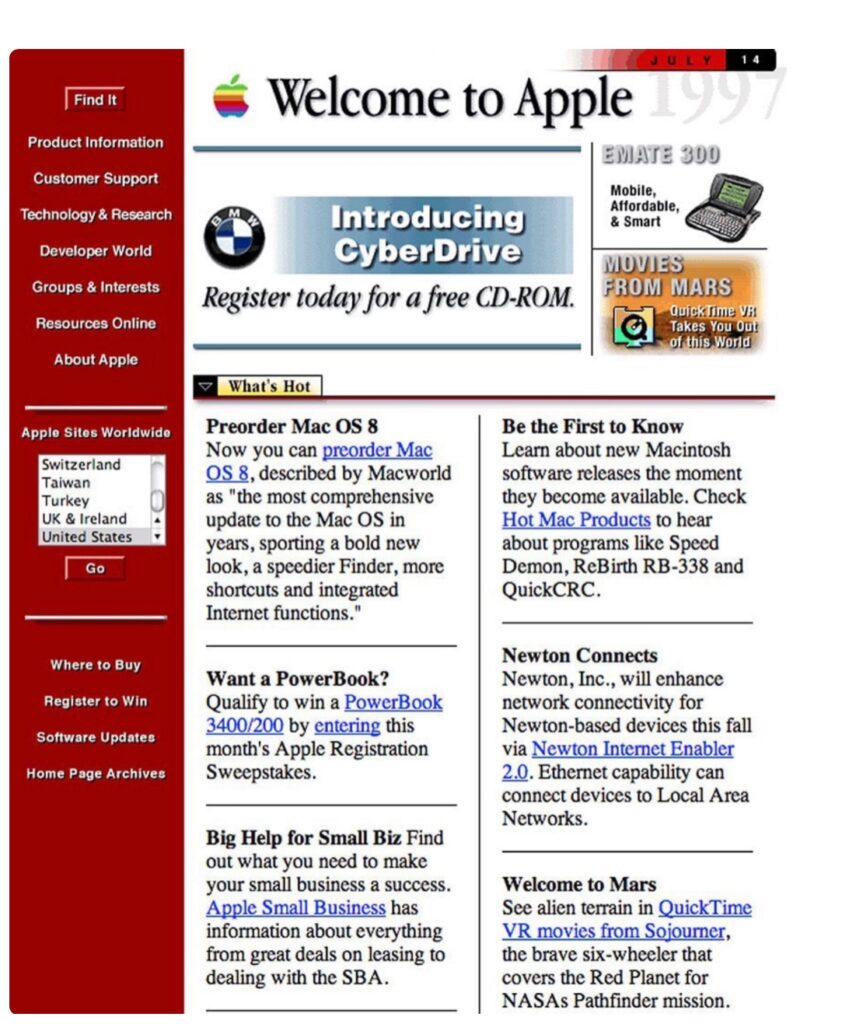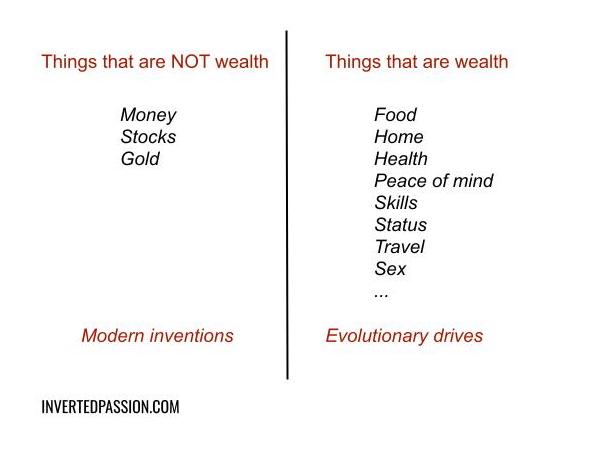I’ve started reading The Capitalist Manifesto, a book full of data on how free markets generate prosperity.

The author is nuanced and uses data and logic to show how we should be rooting for capitalism (instead of bringing it down).
Income and wealth inequality created as a function of entrepreneurship is not a bad thing per se. Risk-takers and innovators derive a higher income when they create much more value elsewhere.
Nobody hands over a million dollars to someone else for free. Profit earned by someone in free markets is typically a surplus made available to them because they expanded the pie for everyone. (And not because they stole it from someone else. Capitalism is NOT a zero-sum game.) ...







